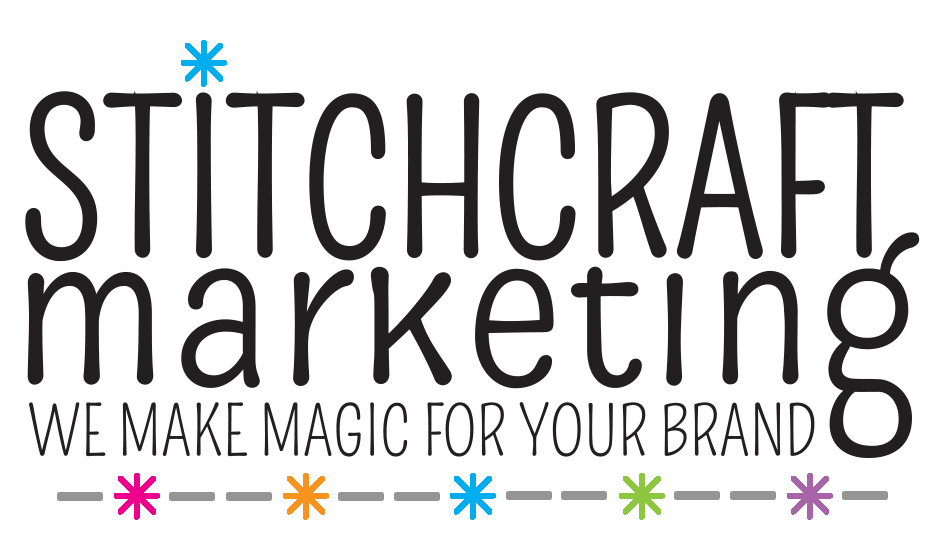10 Dec Color Theory for Your Business
Have you noticed your customers being drawn to one color in a product line over another? Have you ever had an off-putting reaction while shopping a website, knowing it’s not the layout but can’t put your finger on the bothersome aspect? Or maybe you walk into an open house and instantly get the ick? Color theory is likely in play here.
What is Color Theory and Why Does it Matter?
Color theory studies how colors work together and how these colors influence perceptions and emotions, including decision-making such as clicking that buy now button. The art class basics of primary, complementary, triadic, or analogous colors are the beginning of color theory, as these combinations are generally pleasing. However, the psychological impacts of color offer strategic opportunities where you, the savvy business owner, will find the most value.
When you learn which colors trigger certain emotions, you can build this into your business strategy – in web design, marketing, merchandising, and even your upcoming branding refresh.
The Psychology of Color in Craft Retail
You may already know warm colors tend to energize and stimulate creativity while cool colors create a calming experience, but have you considered how favoring one of these color temperatures affects your clienteles’ shopping experience?
Most craft shops want to design a space that fosters creativity. Take a walk around your shop and note places that do not feel bright and warm, plus those that are so full it’s difficult to get a read on the color temperature. Here are some colors to add or strategically reorganize within these places that could use a little more warmth:
Yellow: inspires hope, happiness, laughter, originality, creativity
Red: inspires passion, love, anger, excitement, action
Orange: inspires energy, enthusiasm, confidence, excitement, adventure
Consider placing calming hubs throughout your store. Do you have a gathering spot for customers to sit and knit? This is a great place to balance the warmth of your shop with calming colors, inviting your shopper to sit and relax – while looking at all those bright, buy-me-now colors surrounding them. Do you have a restroom or beverage station? These are also great spaces to create an atmosphere, letting your customers know they are welcome here. Don’t forget your register—infuse cool colors here to help shoppers complete their purchase with ease. Here are some colors to use to create these calming experiences:
Blue: inspires trust, responsibility, honesty, loyalty, security
Purple: inspires calm, sophistication, balance, bravery, creativity
Green: inspires, balance, harmony, peace, hope, strength
Online only? Take a virtual walk through your shop and apply the same practice. Are there pages or sections on pages of your website that are warm, cold, a little off, or too cluttered to define? Note these places and take actions to create the online experience you know your ideal customer would love.
Creating a Color Strategy
Now that you have the general vibe of your shop, how do you use color theory to market your business? Simplify: theone word to keep in mind while using color in your promotional and marketing efforts. Go back to the art school basics mentioned earlier and use bold colors all while keeping it simple. Too much color at once in your design can distract your customers from seeing what it is you’re trying to sell. Yes, you’re a crafty business that celebrates all of the colors you can imagine; however, if your website, displays, and marketing graphics are speaking as loudly as the colorful product you’re trying to sell, it all gets muddled together. Here’s a principle to keep posted where you do your marketing planning:
KISS: Keep It Simple Savvy
This means limiting the number of colors you use so your result is bold and breathable – keep it to one or two of each. For colors, being bold means being saturated enough that they can’t be missed. These bold colors have no difficulty letting information in basic black or white text shine – the color is dense enough that there’s an ease in reading. Bold is clear, grabs attention, and lacks confusion, which builds trust with your potential customers.
Breathable is the complement to bold. These colors are neutral and sink into the background, but this doesn’t necessarily mean black or white. Breathable colors shouldn’t compete with the bold color you’re choosing – they create the calm to balance the bold. Go back to your color wheel to find complementary, analogous, and triadic colors to pair with your bold color, then dial back the saturation [or use that transparency slider on Canva] until your bold choice pops, then dial that saturation down a little more. That’s your sweet spot.
Why bold and breathable? Successful promotions are clear promotions. They don’t leave your shoppers with questions or putting in effort to discern what it is you’re trying to get across. The balance of bold and breathable provides clear information with space to take it in. The more confident your audience is in what they see, the more ready they are to take action on it. It’s like any relationship – confusion leads to discomfort, and in this fast-paced consumer economy, that’s a no to shopping with you. Design, promote, and market your business in ways that are clear and consistent to your audience and they’ll want to continue to build a relationshop [yes, pun intended] with you.
Leveraging Color for Online Sales
Did you know there’s data on which colors perform better for ‘Buy Now’ and ‘Check Out’ buttons? This small change could increase your click-through rates. Here’s what we found [Crazy Egg; Amasty]:
Red: Red is the top color for sales-focused calls-to-action according to both sources. This color triggers action, so as long as it’s not overused and you’ve primed your customer, red will outperform any other color. One study found red call-to-action buttons converted 21% more over green, our next color.
Green: Green typically refers to nature and is a solid choice when driving action toward eco-friendly options. Note: Green buttons outperform red buttons in the tech space, which is not our wheelhouse.
Blue: Blue creates an indirect sales bump by being associated with fostering a sense of calm, trust, and security. Unlike the attempt to trigger a nervous system response with red, using blue has the opposite effect, and minimizes anxiety. Consider blue for call-to-actions or background elements on pages with higher ticket items.
Orange: Orange is a good option for call-to-action and buy now buttons as it is not bright as red, but still stands out against many neutral or background colors, making it hard to miss. Orange is best for clean and simple websites looking to foster a sense of positivity or adventure.
Don’t forget to maintain breathability throughout your online shop and website. Use neutral or desaturated complementary colors to make your products and call-to-actions pop.
Ready to integrate color theory and psychology into your marketing, brand, and online strategies? Stitchcraft Marketing is here to help as your full-service agency of crafters for craft-based business; contact us today!


No Comments